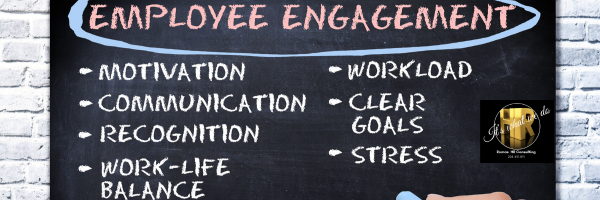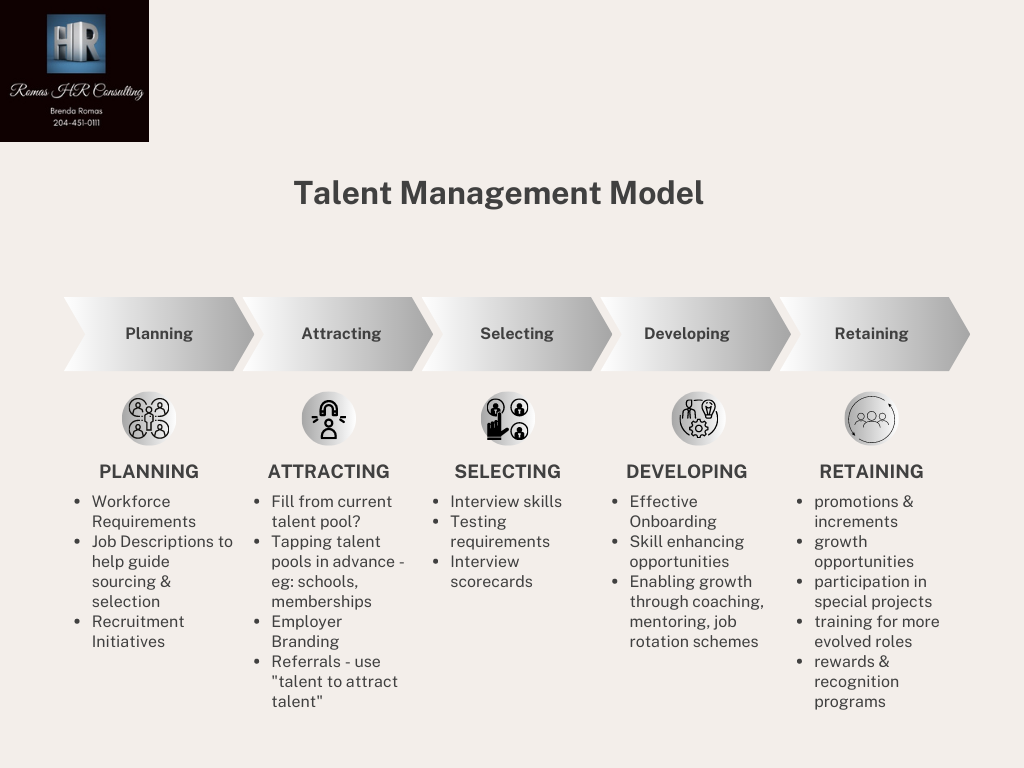Measuring Employee Engagement

Measuring employee engagement is essential because it provides valuable insights into the overall health of the workplace. When employees are engaged, they are more productive, motivated, and loyal. This can lead to higher levels of job satisfaction, lower turnover rates, and increased profitability for the company. There are various ways to measure employee engagement, including surveys, feedback sessions, and performance evaluations. By understanding and improving employee engagement, organizations can create a positive and thriving work environment for their employees, ultimately leading to greater success for everyone involved.
Improving employee engagement in the face of negative feedback can be challenging, but it is possible with the right approach. One effective strategy is to focus on open communication and active listening. Encourage employees to share their thoughts and feelings, and make sure they feel heard and valued. Providing opportunities for professional development and growth can also help boost morale and engagement. Additionally, recognizing and celebrating small wins can go a long way in motivating employees and fostering a positive work environment. Remember, a supportive and understanding approach can help turn negative feedback into opportunities for growth and improvement.
Demonstrating a commitment to change shows your employees that their feedback is valued and taken seriously. This can lead to increased employee engagement and motivation, as they feel heard and respected in the workplace.
Being committed to change allows for the implementation of necessary improvements based on the feedback received. By actively listening to your employees’ suggestions and concerns, you can identify areas for growth and development within the organization. This can ultimately lead to a more positive work environment and increased productivity among your team members.
Showing a commitment to change sets a positive example for your employees. It encourages a culture of continuous improvement and adaptability within the organization, fostering innovation and creativity among your workforce.
In conclusion, being committed to change when conducting employee surveys and feedback sessions is essential for fostering a culture of openness, collaboration, and growth within the workplace. By prioritizing feedback and actively working towards positive change, you can create a more inclusive and dynamic work environment for your team.





